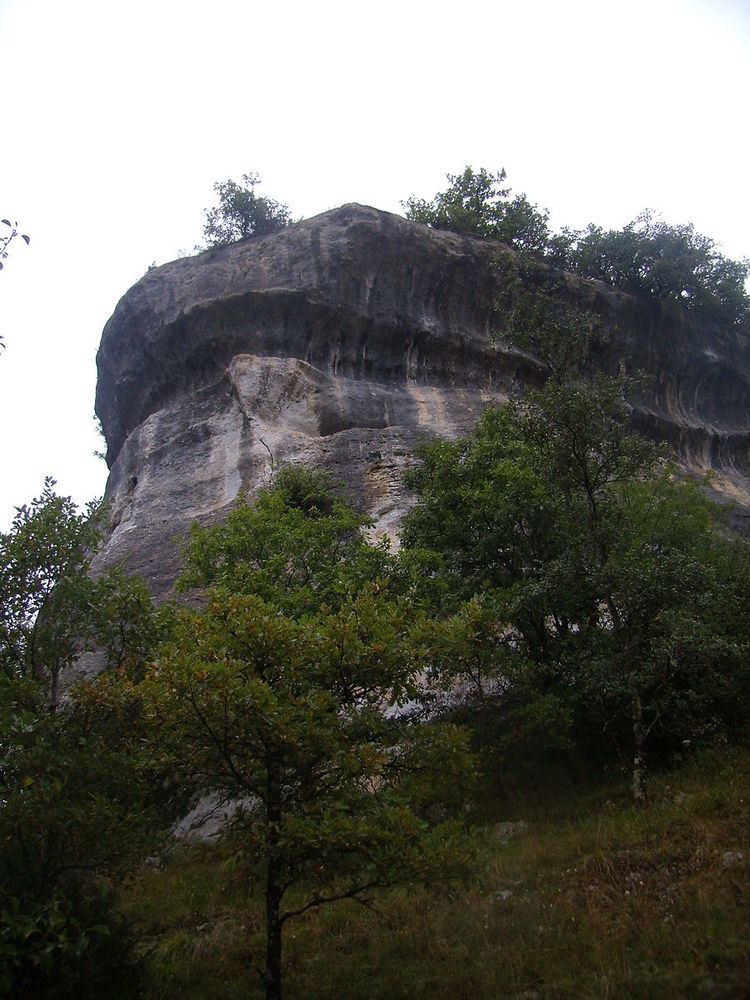Archaeologists Denis Peyrony | Excavation dates 1901, Phone +33 5 53 06 86 00 | |
 | ||
Similar Les Combarelles, Cap Blanc rock shelter, Rouffignac Cave, Grotte du Grand Roc, Abri de Laugerie Haute | ||
Rock art 1 grotte de font de gaume
Font-de-Gaume is a cave near Les Eyzies-de-Tayac-Sireuil in the Dordogne départment of south-west France. The cave contains prehistoric polychrome cave paintings and engravings dating to the Magdalenian period. Discovered in 1901, more than 200 images have been identified in Font-de-Gaume.
Contents
- Rock art 1 grotte de font de gaume
- Font de gaume belves domme rocamador
- History
- Present day
- Notable visitors
- References
Font de gaume belves domme rocamador
History
The paintings were discovered by Denis Peyrony, a local schoolmaster, on 12 September 1901. The cave had been known to the general public before this, but the significance of the paintings had not been recognised. Four days earlier Peyrony had visited the cave at Les Combarelles, a short distance away, with the archaeologist Henri Breuil, where he saw its prehistoric engravings. The paintings in the cave at Font-de-Gaume were the first to be discovered in the Périgord province.
Prehistoric people living in the Dordogne Valley first settled in the mouth of Font-de-Gaume around 25,000 BC. The cave mouth was inhabited at least sporadically for the next several thousand years. However, after the original prehistoric inhabitants left, the cave was forgotten until the nineteenth century when local people again began to visit the cave. The paintings date from around 17,000 BC, during the Magdalenian period. Many of the cave's paintings have been discovered in recent decades. The cave's most famous painting, a frieze of five bison, was discovered accidentally in 1966 while scientists were cleaning the cave.
Present day
As of 2007, Font-de-Gaume was the only site in France with polychrome cave paintings that is still open to the public.
To date, 230 figures have been recorded in the cave, and it is thought that more are still to be revealed. Font-de-Gaume holds over 200 polychrome paintings and is considered the best example of polychrome painting other than Lascaux, which is now closed to the public. The paintings in Font-de-Gaume include depictions of more than 80 bison, approximately 40 horse depictions, and more than 20 mammoth depictions.
Notable visitors
In August 1919, the poet T. S. Eliot visited Périgueux. As part of his walking tour, he explored the then already famous Font-de-Gaume cave.
